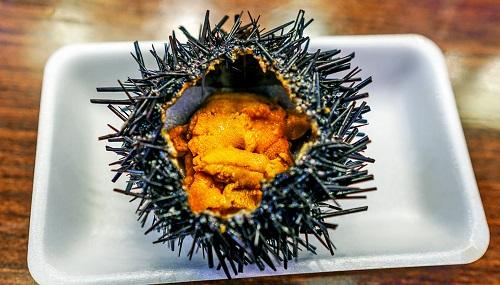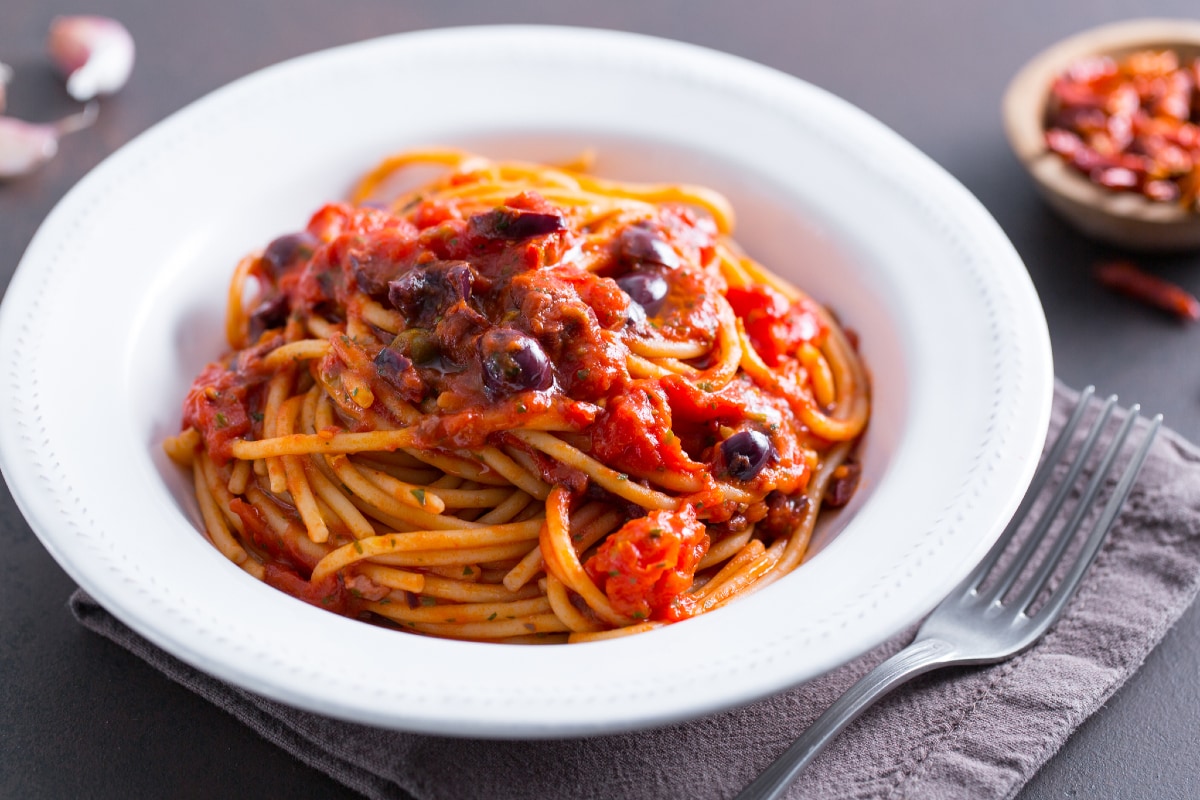- Published on
The Unabomber, Pasta Puttanesca, and Jeong Kwan
- Authors
- Name
- Sam Kececi
A friend sent me an excerpt from The Unabomber Manifesto talking about surrogate activities. The Unabomber argues that surrogate activities (such as climbing the corporate ladder, competing in sports, painting) are far less satisfying on a primal level than seeking to achieve basic survival needs – i.e. one is happier and exercising more humanity when scrounging for food, building shelter, and living off the earth. This sparks the question of what drives creativity and what is worth pursuing in life (to maximize both satisfaction as well as making the most of your humanity). I'd like to attempt answer it by examining how constraints in many forms are necessary for driving creativity. Bear with me, this might be a bumpy ride, but I hope I'll lead you some place new by the end.
When examining great work, it becomes clear that the most beautiful human creations, of our lifetime and all those before, come from scarcity.
...
If you've ever had the privilege (and paid the premium) of eating fresh Uni you may have wondered, like me, how on earth the first ever uni consumer decided to crack open this poisonous, spiky, smelly rock-like thing at the bottom of the ocean. Even after cracking it open, who looked at the orange slime and decided to eat it?

In all likelihood, the first ever uni consumer did so out of necessity and scarcity. An extreme desperation for food (with enough risk appetite and curiosity) pushed our hero. One living in comfort and luxury, which we associate with uni today, would have never discovered such a beautiful food.
...
Imagine you get home hungry one night, random ingredients in your fridge. Maybe the leftovers from a bunch of dishes you made throughout the week. The stores and restaurants are closed, you're starving, what do you do? In this moment, the most amazing thing happens! New concoctions are created, boundaries are pushed!
Compare that to the other side of the coin: you google a recipe, purchase every ingredient in perfect amounts, and follow the instructions step by step. You don't think why or how the ingredients work together, but it comes out tasting good in the end.
In which scenario did you learn more? When was something beautiful created?

One of my favorite dishes, pasta puttanesca, has a beautiful origin story:
Petti's moment of inspiration came when—near closing one evening—Petti found a group of customers sitting at one of his tables. He was low on ingredients and told them he did not have enough to make them a meal. They complained that it was late and they were hungry, saying "Facci una puttanata qualsiasi," meaning something like "make for us whatever the fuck you got!"[a] Petti had nothing more than four tomatoes, two olives and some capers—the basic ingredients for the sugo, "So I used them to make the sauce for the spaghetti," Petti told Cuomo. Later, Petti included this dish on his menu as spaghetti alla puttanesca.
The translation of the dishes name, and the implications thereof, are left as an exercise to the reader.
...
Some of the best chefs impose artificial constraints upon themselves to achieve something beautiful. Others simply play constraints the hand they're dealt. Both yield beautiful results.
Central, rated the #1 restaurant in the world, plays the surrogate game of creating "a menu... that takes diners through myriad different Peruvian ecosystems, categorized by altitude – from below sea level in the Pacific Ocean to the high peaks of the Andes. Each dish reflects the origin of its ingredients, from Dry Valley (shrimp, loche squash, avocado) to Amazonian Water (pacu fish, watermelon and coca leaf)." Could a restaurant that charges $239 USD afford to use non-local ingredients? Obviously. But do the surrogate constraints (those self-imposed, beyond just purely survival) lead to a much more beautiful creation? Absolutely.
But such creativity exists on the other side of the coin too! Jeong Kwan, a Buddhist nun, has been recognized as one of the top culinary creators in the world, and has inspired countless chefs, despite having no formal background. Instead, her cooking is firmly rooted within the constraints of a Buddhist lifestyle: "Jeong Kwan's recipes use aubergines, tomatoes, plums, oranges, pumpkin, tofu, basil, chilli pepper, and other vegetables, which she grows herself."

Which restaurant is a more impressive human endeavor? Mr. Kaczynski would argue the latter. But I believe both Central and Jeong Kwan have created monumentally important feats (I know, so brave of me to disagree with such a popular American figure 😉).
Constraints are necessary to produce great work that can stand the test of time. How can you apply this to your own work?